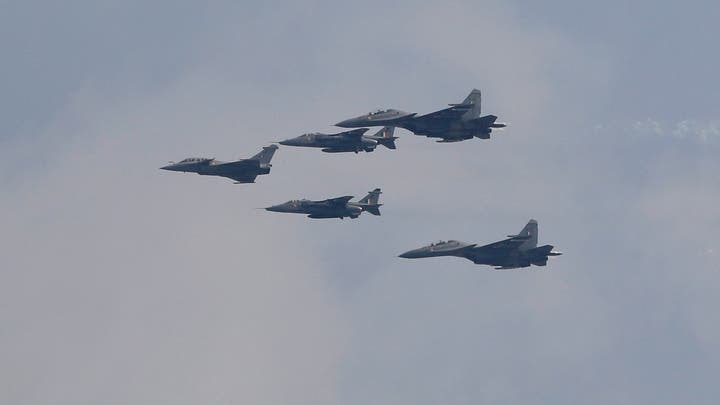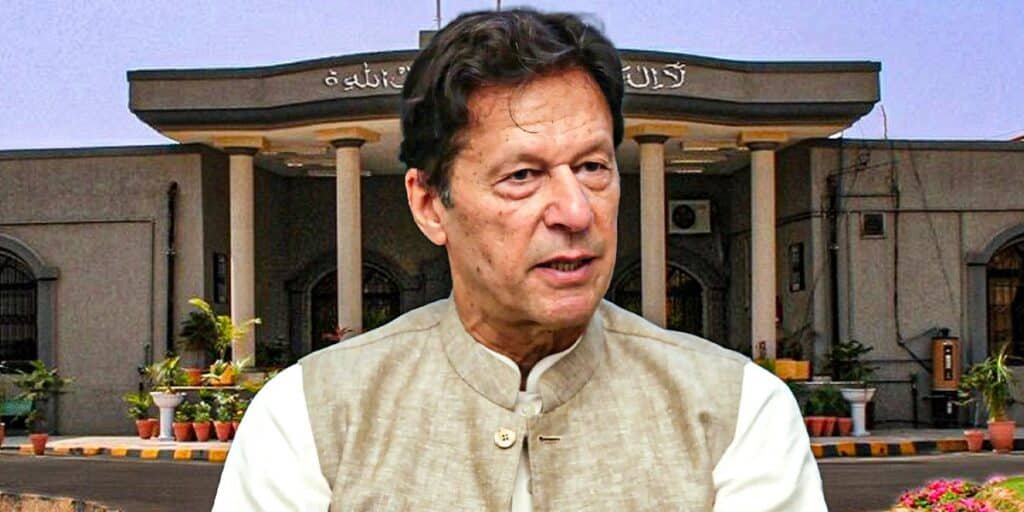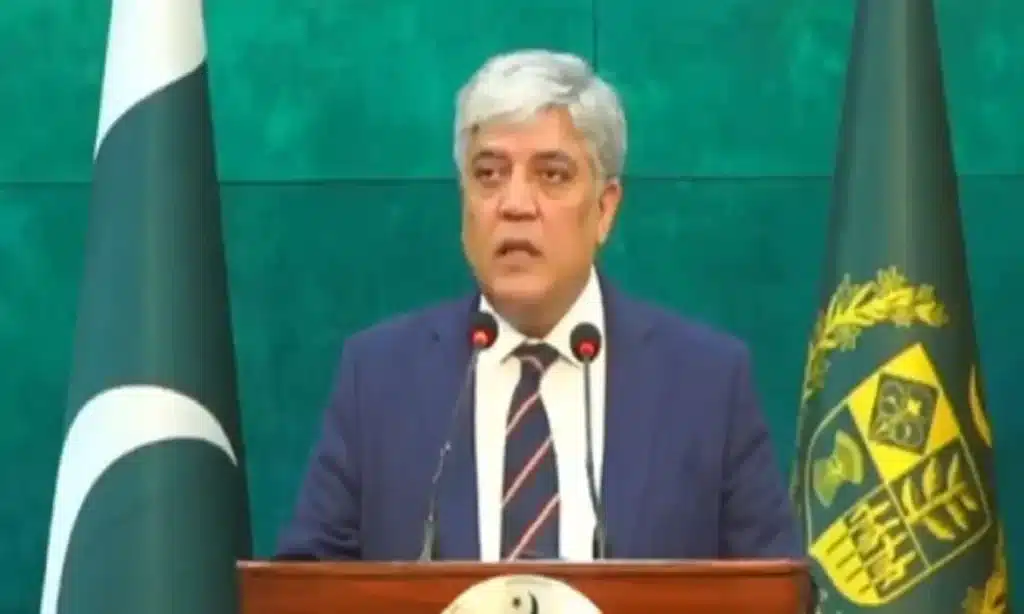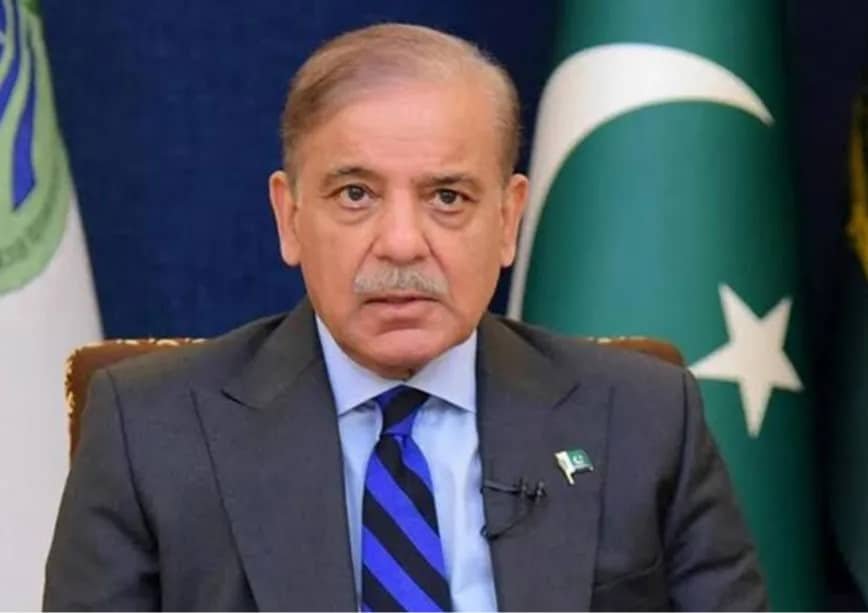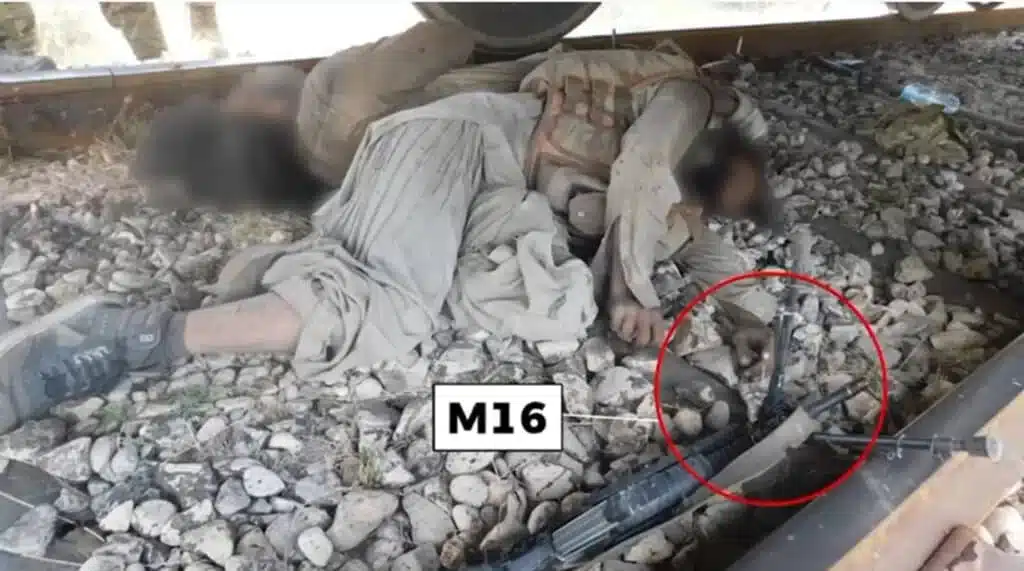A Reuters investigative report has revealed that the Pakistan Air Force (PAF) used its Chinese-built J-10C fighter jets to shoot down an Indian Rafale aircraft during a major aerial clash in early May 2025. The air battle, which took place on May 7, has been described as one of the most significant in decades, involving approximately 110 aircraft from both sides.
The confrontation followed an Indian airstrike on Pakistani territory, which New Delhi claimed targeted militant sites linked to a deadly attack in Indian-administered Kashmir. Pakistan denied involvement and considered the strike an unprovoked act of aggression.
According to Reuters, PAF Air Chief Marshal Zaheer Ahmed Baber Sidhu had been closely monitoring the situation and promptly ordered the J-10Cs to intercept the incoming threat. These jets, armed with advanced PL-15 long-range missiles, were instrumental in the successful downing of the Indian Rafale.
A senior PAF official told Reuters, “We ambushed them,” confirming that Pakistan also employed electronic warfare tactics to disorient Indian pilots. Indian authorities have not officially acknowledged the loss, but French defense sources and the French Air Chief later confirmed the downing of a Rafale and two additional Indian aircraft, including a Russian-made Sukhoi.
A key factor in the incident was a significant Indian intelligence failure regarding the true range of the PL-15 missile. Indian pilots believed it had a maximum range of 150 km, but it was actually launched from around 200 km away.
“This was a textbook case of situational awareness winning the battle,” said retired UK Air Marshal Greg Bagwell. He noted that Pakistan’s integration of surveillance, targeting, and data-sharing systems — known as a “kill chain” — gave the PAF a clear edge. The J-10Cs remained undetected by using radar data relayed from a Swedish surveillance aircraft via Pakistan’s Data Link 17 system.
Meanwhile, India struggled to coordinate its diverse fleet sourced from multiple foreign vendors due to integration issues in its command and control systems.
After the May 7 clash, India revised its tactics and launched retaliatory strikes on May 10, reportedly targeting nine Pakistani airbases and radar installations. Sources indicated that India used BrahMos missiles, damaging at least one Pakistani surveillance aircraft on the ground.
The conflict ended on May 10 following U.S.-led diplomatic intervention. Later, India’s Deputy Army Chief Lt. Gen. Rahul Singh accused Pakistan of receiving real-time military support from China, a claim Islamabad denied. China described its cooperation with Pakistan as routine and within the bounds of normal bilateral relations.
China’s Air Chief Lt. Gen. Wang Gang reportedly visited Pakistan in July to study the PAF’s integration of Chinese systems during the operation.

